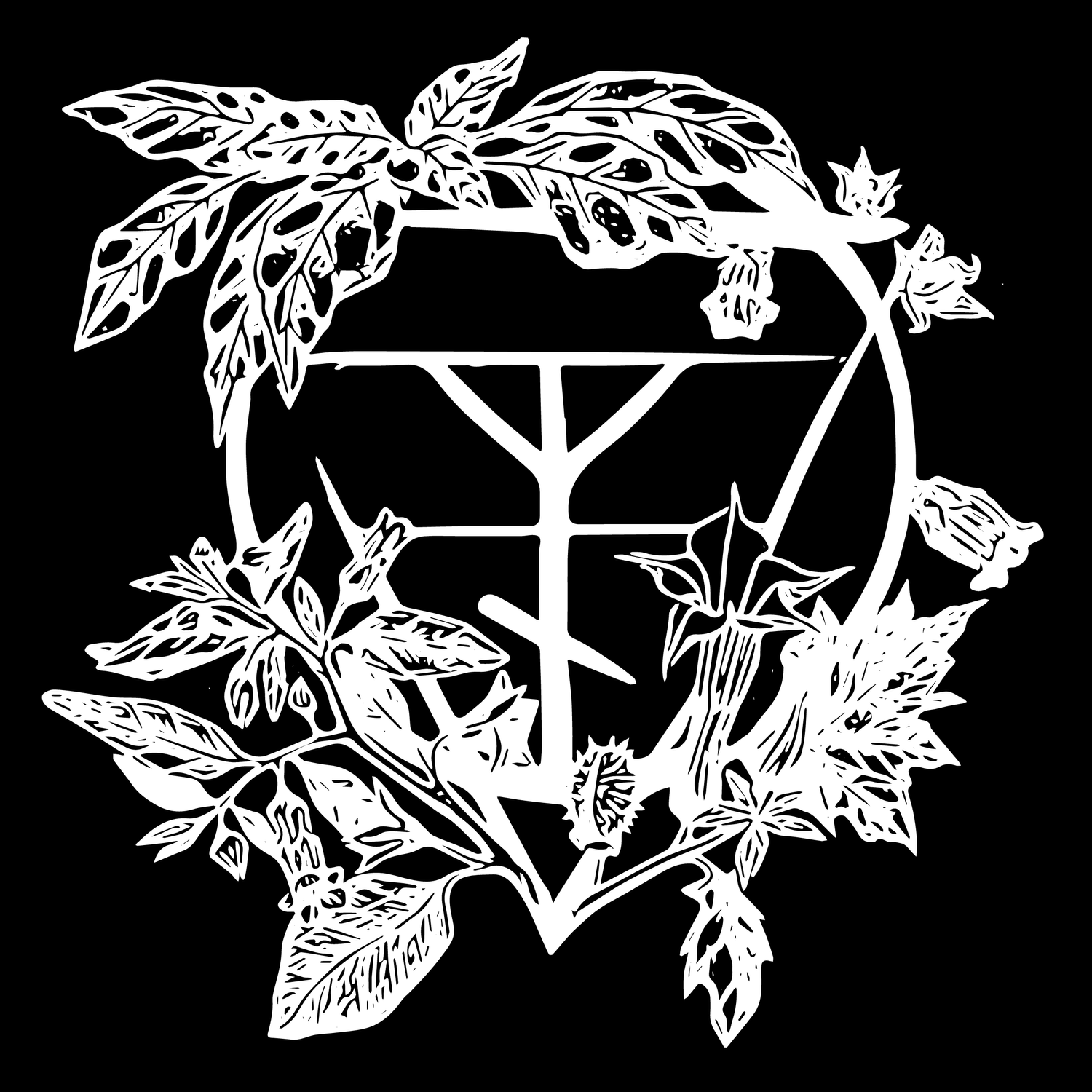Plant Profile: Darnel
L. temelentum
Darnel- Lolium temulentum
Folk Names: delirium grass, bearded darnel, temulentum (refers to drunkenness), wheat’s evil twin
Darnel is a member of the grass family, and resembles closely many of our grain crops. It likely originated in the Near East. There is evidence of an Egyptian variety dating back 5,000 years and it has also been found in Stone Age deposits throughout Europe. It once grew commonly throughout central Europe.
Darnel is a stowaway grain that used humans for its proliferation, growing among cereal grains like oats and barley The unwanted grass had to be separated out by farmers, but more often than not the infected grains of darnel would get mixed in. The grains of darnel are infected by multiple fungi. It was once thought to be the ergot fungi. It is actually the parasitic rust fungus Encodium temeluntum. (Ratsch, 2005) The presence of this fungus did not help or harm the grain, but it was the cause of its psychoactive effects.
The inebriating effects of darnel were known since antiquity, and in some cases would have been cultivated specifically for its psychoactive properties.
The effects of darnel intoxication resemble the effects of tropane alkaloid toxicity and mycotoxins. Pupil dilation, disturbances in perception, coordination and movement, vomiting, headaches, sleep, and respiratory paralysis. These effects can last for days, and lethality is unlikely.
Darnel was known as “the plant of frenzy” in Ancient Greece. It has connections to Demeter/Ceres and Persephone because it is a cereal grain, and it is suggested that is may have been a component of various religious cults. It was also one of the ingredients listed in medieval flying ointment recipes, and was used as a fermenting aid. Darnel was added to alcohol for its intoxicating effects.
These infected grains were likely baked into many loaves of bread throughout the centuries both intentionally and unintentionally. This may have been the case, and the European peasantry was in a semi-constant hallucinogenic state (which would explain a lot). Modern agricultural techniques have practically eliminated darnel from crops.
Sewing seeds of darnel in the enemy’s garden ;) Creative Commons. Heinrich Fullmurer


